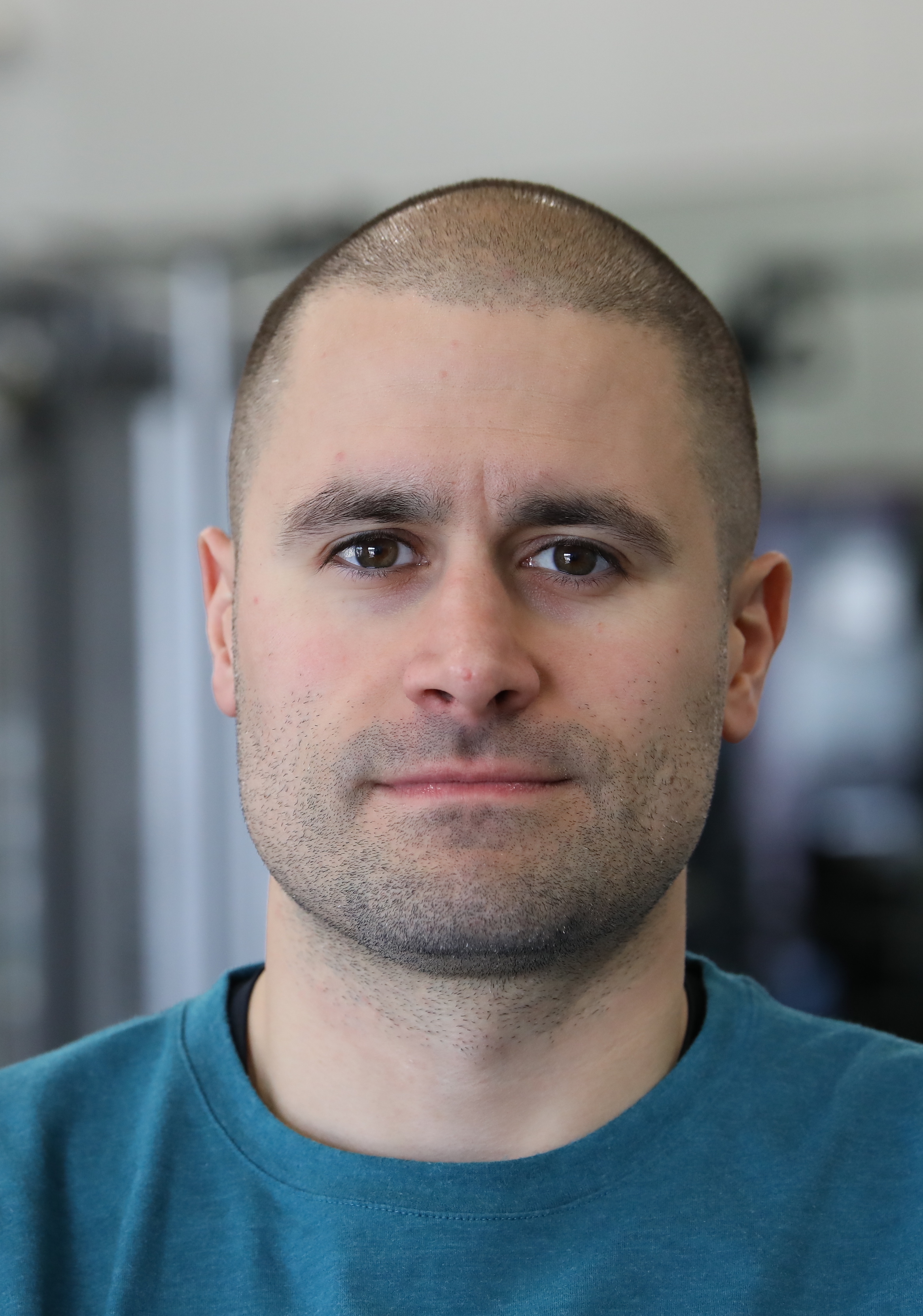GUEST BLOG BY RUSS MANALASTAS: THE RPE SCALE
The Rate of Perceived Exertion
Measuring your workout intensity can sometimes be difficult depending on what activity you are doing. Whether its steady state cardio, high intensity interval training, or strength training, your effort can depend on a number of things.
Many will use some sort of % of their max heart rate to determine how intense their workout is. However, that % you come up with might not necessarily give you a true indicator of how you actually feel during certain exercise. We're going to go over a scale we use specifically for strength training to give our clientele a better understanding of how intense certain tasks may feel to them.
The RPE Scale

Rate of perceived exertion (RPE) is a scale that has been around for a long time. It is a scale that strength coaches will use to measure how hard their athlete is working during a certain exercise. The scale ranges from 1-10, with an increase in number meaning increased difficulty.
If You’re Not Measuring, You're Guessing!
As much as we'd like to think that we will be able to exercise with the same workout intensity and effort consistently week in and week out, there are a lot of variables that come into play and should be considered. Quality of sleep, level of stress/anxiety, nutrition, hydration, and many other factors play a role in how well we are able to perform during a training session. Bench pressing 135lbs could be easy on one day, but could feel like 300lbs the next. Utilizing a scale like the RPE helps consider those internal factors into the equation. The RPE scale has also been shown to be accurate when measuring various levels of resistance exercise intensities, which is exactly what we’re shooting for when it comes to strength training programs.[1]

The weight can sometimes feel like you're outside at Venice Beach wearing sunglasses without a care in the world.

Then some days it can feel like you are picking a Mack truck off your chest
Implementing this into your training is as simple as writing down your RPE next to each exercise you performed. That way, if you are doing a training program that has you doing the same workout next week, then you have something to refer back to. Or your strength coach could potentially give you an RPE intensity to work out at so you can scale your loads based on that. Overall, this will give you a better feel for altering the amount of weight used or other variables to get the most of your workout.
It may take a little getting used to, but it really can give you a better indicator of your workout intensity during training sessions. From there you can look to change other outside variables to get your training sessions on par with the performance you are expecting.
Happy Lifting!
Dr. Russ
[1]ay ML, McGuigan MR, Brice G, Foster C. “Monitoring Exercise Intensity During Resistance Training Using The Session RPE Scale.” J Strength Cond Res 2004 May;18(2):353-8

BIO
Dr. Russ Manalastas is the owner of MANA Performance Therapy. It is located within Next Level Strength and Conditioning in Rochester, NY. Dr. Russ is a board certified sports clinical specialist by the APTA, a strength and conditioning coach through the NSCA, and is a certified orthopedic manual therapist by the Maitland Institute. He utilizes a combination of manual therapy techniques, strength training, and rehab principles to improve human and athletic performance. He has worked with athletes across all sports to help educate them on proper movement, strength training, and the importance of recovery for reduction of injuries.
www.manaperformancetherapy.com
Facebook
Twitter
Instagram
Like what you read?
Sign up now to get the latest tips and advice
Tim DiFrancesco, PT, DPT, ATC, CSCS, spent 6 seasons as Head Strength & Conditioning coach of the Lakers and is renowned nationally for his evidence-based and scientific approach to training, nutrition and recovery for athletes and fitness enthusiasts.
For training and nutrition advice, follow us on:
• Twitter http://twitter.com/tdathletesedge
• Facebook http://www.facebook.com/tdathletesedge
• Instagram http://instagram.com/tdathletesedge
• YouTube https://www.youtube.com/user/tdifranc1
• Sign up for our newsletter and follow our blog at http://www.tdathletesedge.com
ABOUT THE AUTHOR

Tim DiFrancesco, PT, DPT spent 6 seasons as the Head Strength & Conditioning Coach of the Los Angeles Lakers and is the founder of TD Athletes Edge. He is nationally renowned for his evidence-based and scientific approach to fitness, training, nutrition, and recovery for athletes and fitness enthusiasts.
